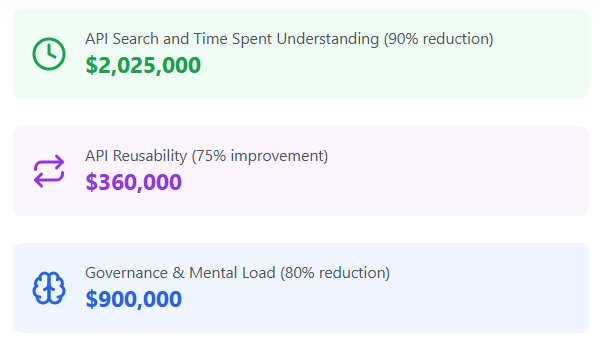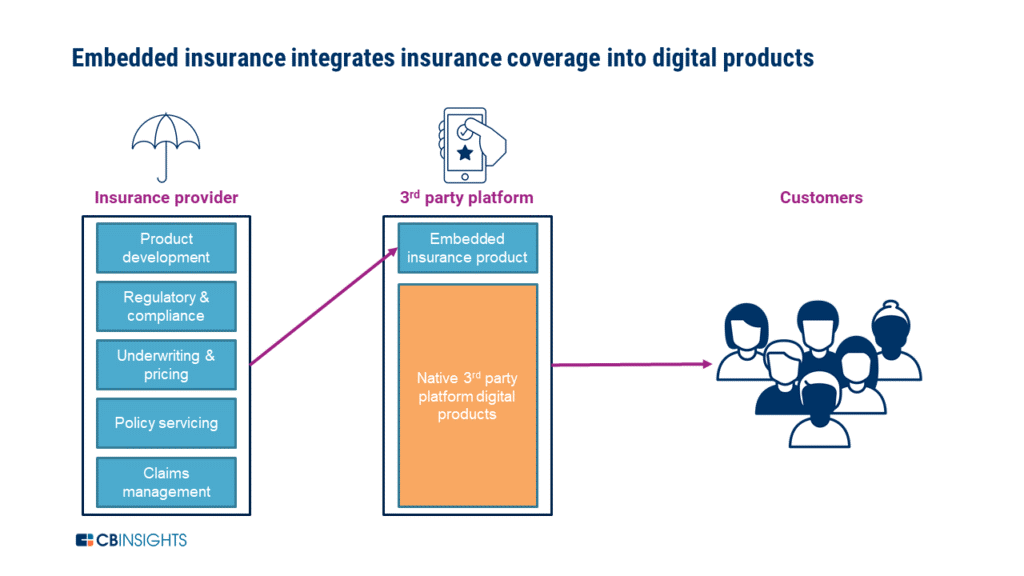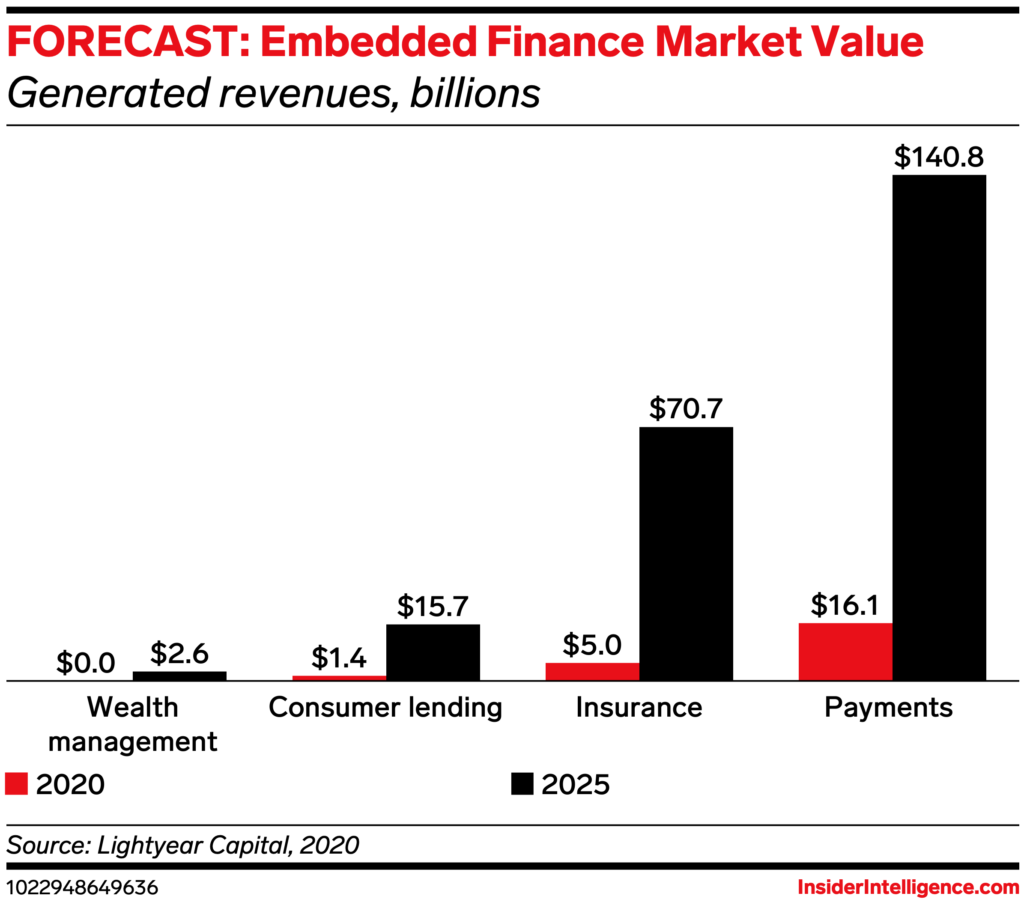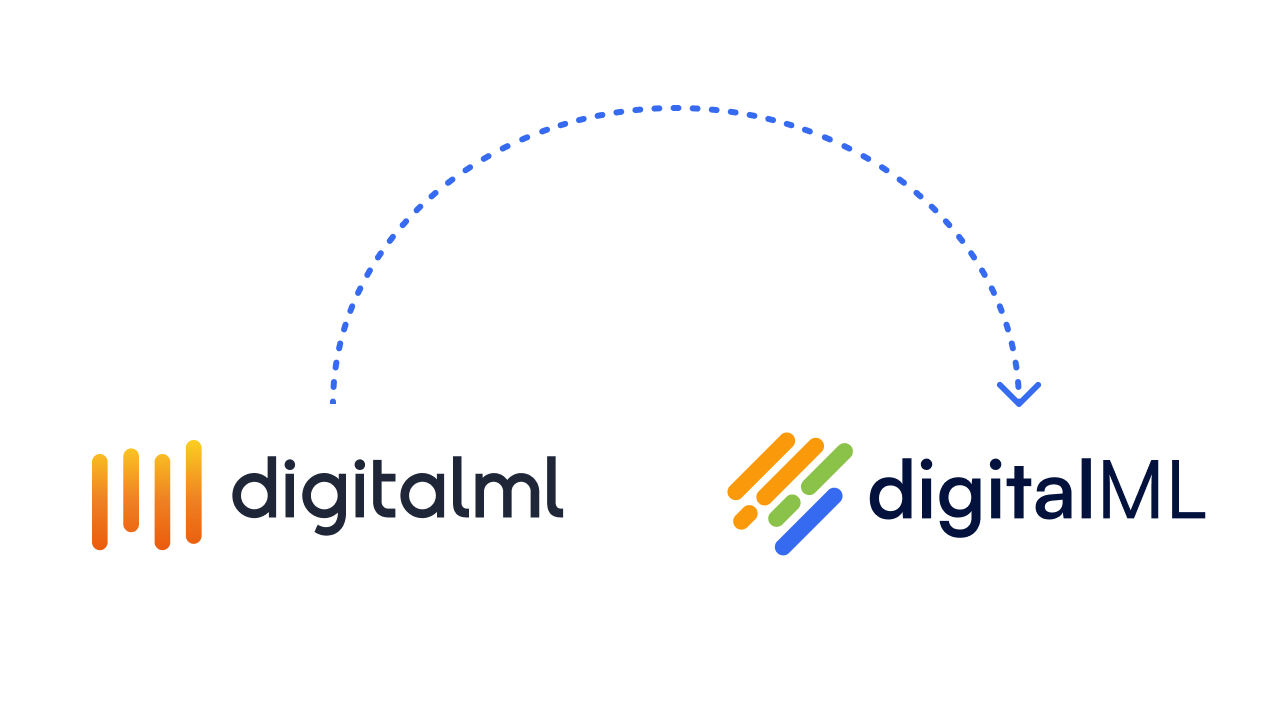In this post, we take a look at how Product Bundles (including API products) and the product mindset are evolving, and the challenges associated with constant change for your enterprise. We also discuss best practices for overcoming these challenges, and the growing trend of embedded products as an opportunity for those who have mastered digital.
API Products, Product Bundling, and the API Economy are Evolving
The product mindset is growing, as is the API economy that helps drive it. As we all know, APIs help simplify and provide a flexible way to unlock and expose business and IT functions often locked in complex siloed back-end systems.
And it’s not just APIs; Services, Events, and other architectural styles are also being utilized to support different use cases and functionality.
With a product bundling mindset, existing reusable APIs, events, and services can be bundled together and continually recombined to launch innovative and unique offerings with a reduced time to market. A Product Bundle is an encompassing concept and term for enterprises – you may be familiar with the concept of API products, and indeed an API product can be a Product Bundle. But enabling bundling of multiple types of service is the next evolution of the API product mindset. For example, a product bundle could contain a REST API, message stream, and SOAP service.
Functionality is also being integrated between internal and 3rd party providers. Incumbents and digitally-native players are creating tailored offerings that combine and bundle capabilities from multiple sources that drive the API and digital economy forcing teams to evolve to meet new approaches. Twilio’s CEO refers to the API economy as the new supply chain of software.
You may be looking to Product Bundles, including API products, as a way to outcompete disrupters, delight your customers with unique experiences, provide functionality that includes REST, queue, and message capabilities, and power entry into new digital business models and channels. But there are some challenges around complexity and the ever-changing nature of digital. For digital leaders who can manage this effectively, there are indications that embedded products is a huge revenue opportunity.
“The only constant is change” : Product Bundles including API Products are complex and constantly changing – flexibility and proper management is needed
We see 3 main challenges for large enterprises utilizing API products and Product Bundles to power innovative products and offerings (and in reality it’s not just incumbents; larger greenfield digitally-native companies are starting to see these too).
Challenge 1: Managing internal API complexity
Most enterprises are on path to developing tens of thousands APIs and microservices to expose their business capabilities (and the IT functions that back them). Say you’re combining, orchestrating, and recombining these into 10-100 publicly exposed products on your developer portal. Each microservice has it’s own versions, changes, providers and consumers. In addition to that they each have a lifecycle that goes well beyond what’s published as a finished product; idea, plan, roadmap, design, and update/extension. All of this is constantly affecting providers and consumers, lineage, and internal chargeback models.
This makes your API products hard to manage, drives technical debt, and associated risk of your product breaking. As stated in this excellent article on devops.com:
“The only constant is change, and far too many of us are not only failing to plan for API changes, but failing to even think about them.”
Challenge 2: Managing 3rd party functionality
Chances are, the functionality exposed in an API product to consumers – whether that’s for an end product for customers, or partners in your ecosystem consuming functionality e.g. communication-as-an-API or payments-as-an-API – is going to be made up of multiple building blocks. Often, this functionality is made up of a combination of internal functionality and 3rd party – it rarely makes sense to build everything from scratch. But when you are buying 3rd party functionality, you of course have to integrate it with your own APIs and back-end infrastructure. As per challenge 1, the 3rd party API(s) is going to be constantly changing and evolving over time – these are tough to manage and ensure your product doesn’t have outages as a result. There may be data impact, changes in mappings needed etc. (and often it’s a whole mapping library involved for complex system integrations to ensure the data from the 3rd party hits the data target), all which needs long pole analysis.
The evolution of Stripe’s payment API gives a great example of these two challenges combined. This article discusses all the complex iterations and functionality improvements they made over 10 years. And of course, their customers had to adapt their own integrations with each change. Here’s a great quote from the article demonstrating those challenges:
“Successful products tend to organically expand over time, resulting in product debt. Similar to tech debt, product debt accumulates gradually, making the product harder to understand for users and change for product teams. For API products, it’s particularly tempting to accrue product debt because it’s hard to get your users to fundamentally restructure their integration; it’s much easier to get them to add a parameter or two to their existing API requests.”
Challenge 3: It’s not just APIs!
Clearly, large enterprises don’t just expose functionality as APIs – in reality it’s also legacy SOAP, Events, batch etc. – whichever architectural style makes most sense for the functionality. And it’s not just one channel i.e. publishing 1 API in a developer portal – it could be publishing the functionality as an API, SOAP, batch file and running on an API gateway, strategic middleware, payment rail etc.
Of course there’s an added layer of complexity here too – lots more versions and either hard code system of records, or more preferably abstracted SORs.
Best Practices for Overcoming These (API) Product Bundle Challenges
- Leveraging a holistic catalog: Product Bundles including API products, along with the building blocks that compose them including 3rd party, plus all the complexity of mappings, lineage etc. and extensive metadata should be stored holistically – granting you a single source of truth – check out digitalML’s holistic catalog whitepaper for more on this.
- Manage the API and product lifecycle effectively: role-based access controls and managed workflows can ensure only the appropriate users in your organization can make changes to your products and the underlying building blocks. Comprehensive service history can also give you a view into what changes, when, and by who have occurred. Major/minor/patch version control is also key.
- Ensure APIs, Services, and Events etc. are high quality, consistent, and compliant: your building blocks need to be reusable and re-combinable to power your 10-100 API exposed in your developer portal plus all of the products that will be offered, embedded, and consumed in your ecosystem, and therefore properly governed and validated. We recently hosted a webinar on how to enable a self-service governance model at scale – you can get the recording here.
- Enable flexibility through abstraction: we recommend holding your API products and building blocks as abstracted Designs and Specifications – upstream of CI/CD and (for Designs) implementation- and code- agnostic. This allows for flexibility and deployment to any downstream target for any iteration, using output templates.
We’ve designed our ignite Platform to help large enterprises do just this – book a demo with us here to see how ignite can help drive API products that achieve digital differentiation in your organization, while overcoming the challenges of complexity.
Enterprises that have successfully differentiated themselves digitally are looking towards the growing market opportunity of embedded products.
Those that can manage this complexity of Product Bundles and functionality evolving over time are able to capitalize on emerging and evolving business models as a revenue opportunity. Embedded products are a great example of this – and we’re seeing more and more good examples. To name just two; Tesla offer auto insurance at the point of sale online and in showrooms, while Wells Fargo have just surpassed 1 billion API calls as a result of their early adoption of embedding functionality outside the bank. This CB Insights graphic provides an excellent visual representation of how embedded products work:
If we look to the Banking and Payments vertical, Insider Intelligence are forecasting the market value of embedded finance at just over $230 billion by 2025 – that’s a huge opportunity for large enterprises and fintech alike. Winners are those that can manage the complexity of constant iterations and ever-changing system integrations flexibly and quickly at scale.







